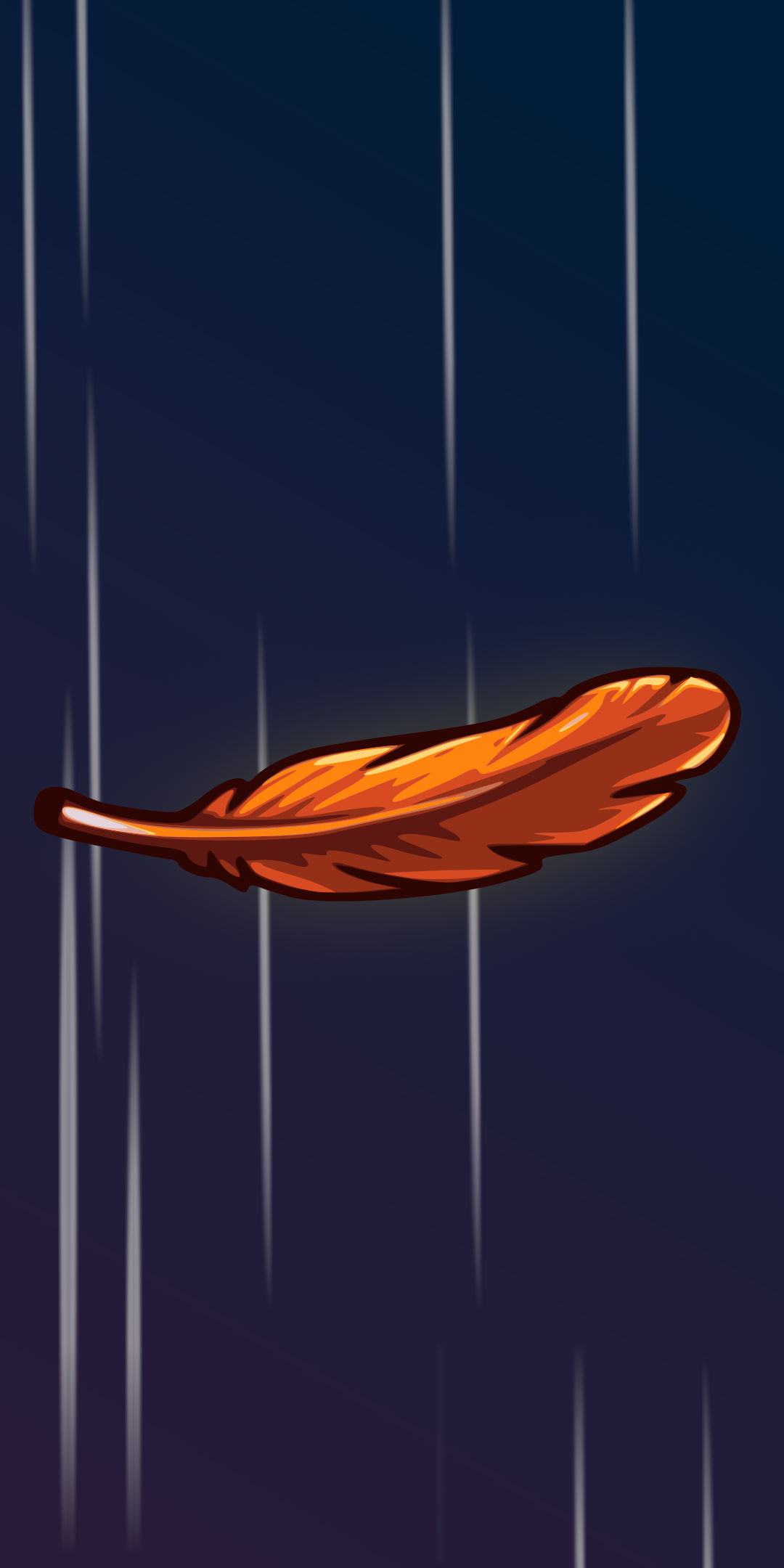What’s the purpose of the multitude of labyrinth like mini rooms around the edges? Hard to get an idea of size, but the don’t look practical for much.
I can’t give you a link to this because it has been a long time since I read it, but I’ve seen an article that might explain this. Apparently bronze age Mesopotamian homes were built to create increasing levels of privacy; your most public room, where you’d entertain guests, goes nearest the entrance to the house. Your second most public one might be your pantry and kitchen, which you might use to entertain guests but guests are unlikely to spend a lot of time in, so the only way to access it is via the first room. Then you’d have your private space, like your bedroom, and the only way to get to that is via the pantry.
Like I said I’m working off of hazy memory here, and Nebuchadnezzar is a fair few centuries later than the end of the period that the article was discussing, but I think I can see what looks like that idea of layers of privacy in the image.
I have heard this too. I’ll support that.
So like a shotgun house. Neat.
Those are likely suites of rooms. You can kind of see the partitions of larger areas before it becomes maze like.
As a palace, accommodations for residents and guests would need to account for entire family size, as well as potential retinue.
I’m not am expert, but it seems that along with the walls thickness, it was one of the methods to keep the heat out and staying cool inside.
Another thing re: wall thickness to think about is there wasn’t steel-reinforced anything, and in an area without lots of trees, there wasn’t much solid timber for beams either. So you get “structural brick” which has to be much thicker on the lower floors than the brick facades you see today, on buildings with steel support beams. Structural brick makes for FAT walls esp if it’s supporting a 2nd story.
If you take a closer look, they are actually quite spacious
Privacy and to confuse invaders. Also, to maintain a solid structure that can hold up the roof. They have to build a structure system for the roof, no matter what. They’re making the best of it.
It was a brothel.
They did not invent roofs yet
deleted by creator
Why do cities like those have organized perpendicular walls for buildings but then have seemingly random external walls that only sometimes match the inside?
My first thought would be to match the terrain, but this frequently happens on seemingly flat land too. Can’t figure out a wording that gets an answer on a web search.
The surrounding area may have looked very different back in the day. Maybe the walls were built along moats or trenches that no longer exist.
I would bet that the interior walls run in cardinal directions, but the exterior walls were built to fit with the rest of the existing structures surrounding the fortress. Fortifications were usually built where there is already a village to support them.
Did anyone else think it was cardboard miniature at first?
I’m having a hard time finding the accuracy of this reconstruction. Is it on the same location as the original?
https://www.nytimes.com/2009/05/03/world/middleeast/03babylon.html
No the reconstructed structure is a little away from the original site You read the details here










